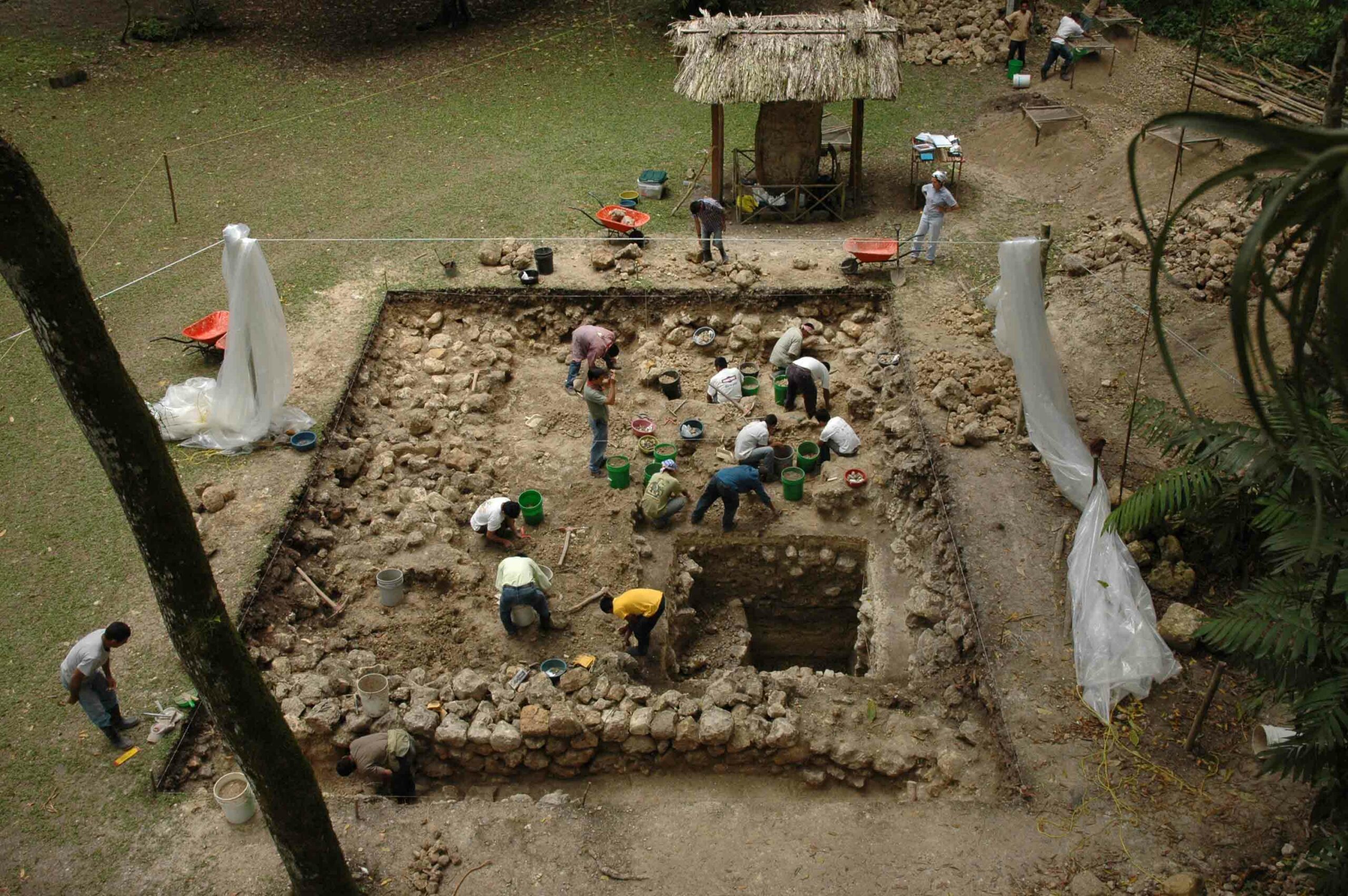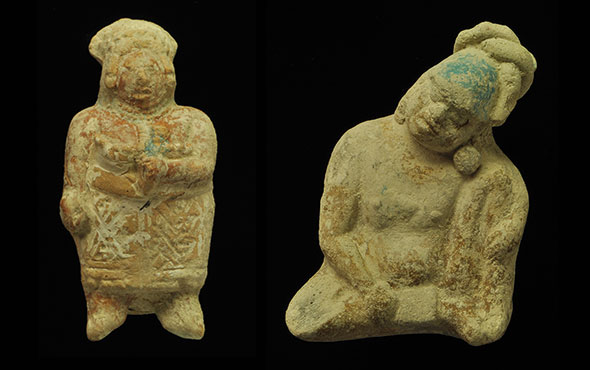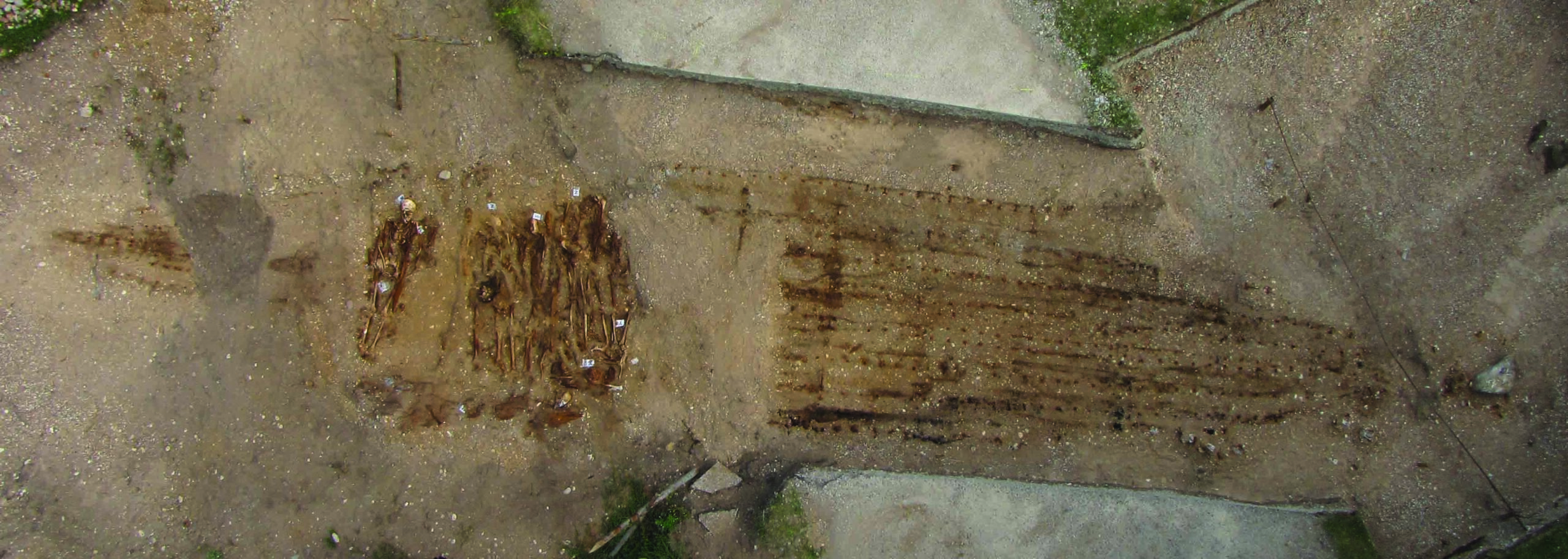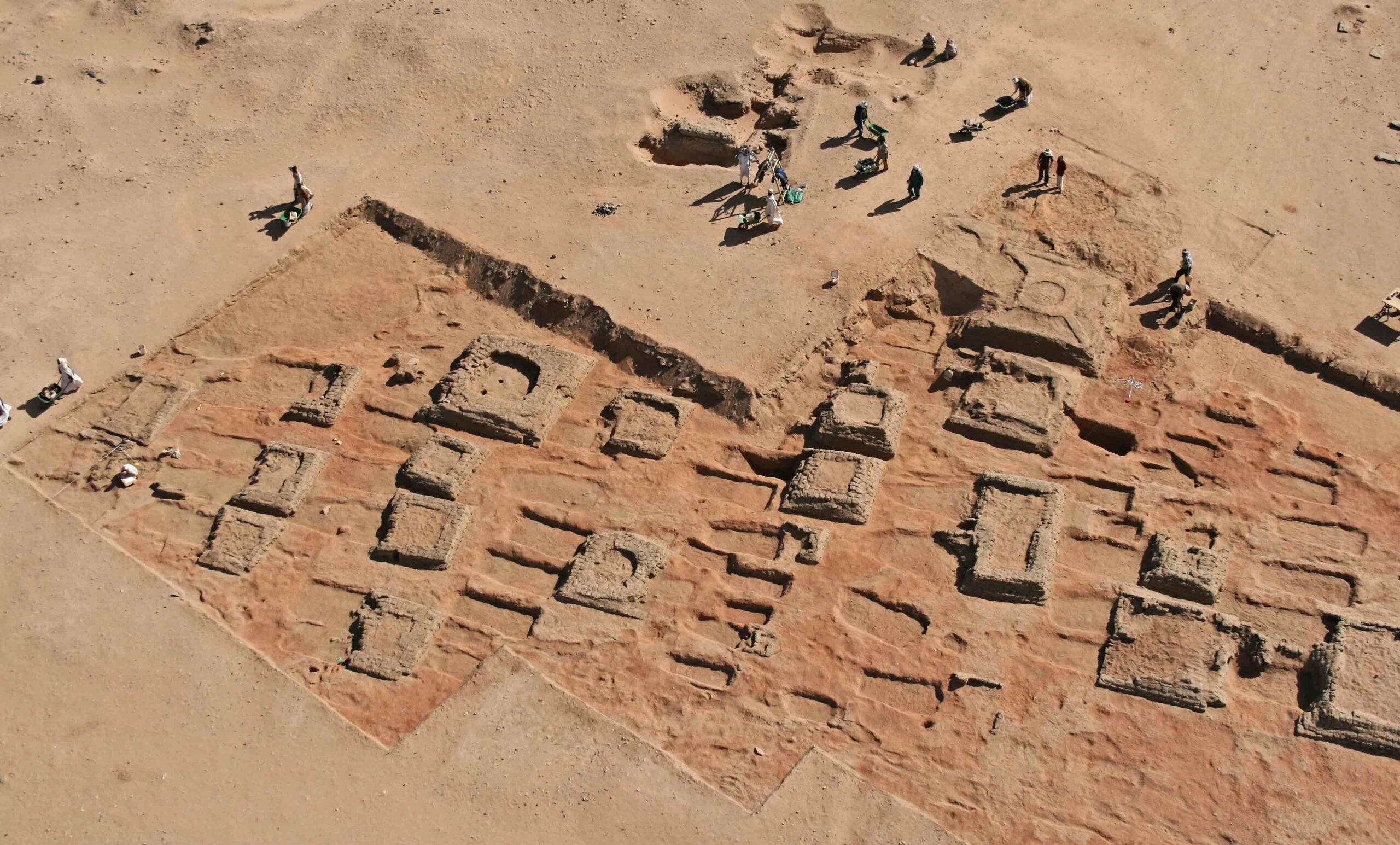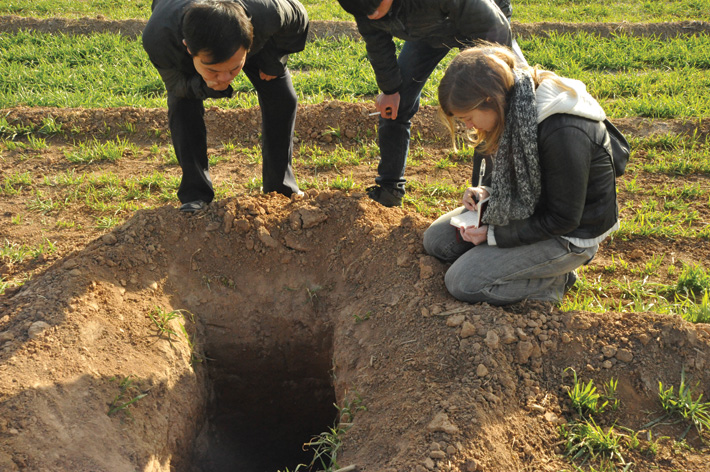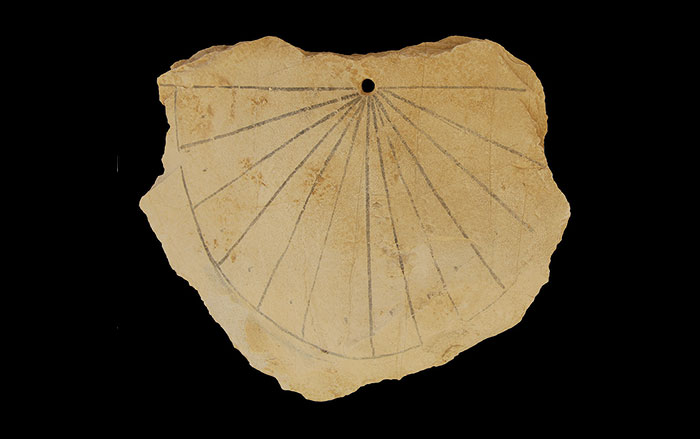
A team of archaeologists led by Takeshi Inomata of the University of Arizona has excavated evidence of the origins of Maya culture at the ancient city of Ceibal in Guatemala. Over seven years, Inomata’s team has uncovered parts of the earliest buildings in the city’s ceremonial center. Radiocarbon dates show that the site was first occupied around 1000 b.c., making it the earliest known Maya site with a ceremonial center. The team found that the earliest architecture there conforms to a pattern that is also found at a contemporary non-Maya site in Chiapas, Mexico, and in the Olmec city of La Venta, which was built 200 years later. The team interprets this to mean that Maya culture grew out of a complex web of influences from across the region. Inomata says, “We are looking at the crystallization of the hallmarks of Mesoamerican civilizations, including pyramids, formal ceremonial complexes, and public rituals in the plaza.”


